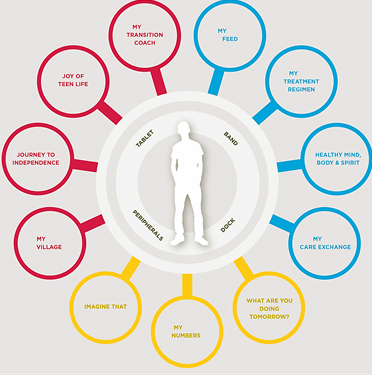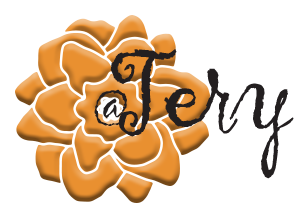Research approach: Observational
There are many advances in Cystic Fibrosis (CF), but a person born with this life-threatening disease, will have challenges throughout life.
The insights uncovered through contextual research provided an empathic perspective of the challenges the person with CF encounters on a daily, even hourly basis. Instead of having the disease manage the life of the person, the person is empowered to manage the disease and taking control of his/her life.
CF Teens were the first audience to design the solution. Medical regime adherence is the most significant barrier to managing CF. Teens with CF pose a challenge with keeping up with their disease management routine. If a teen with CF can maintain a daily routine, this behavior becomes a habit that leads to favorable outcomes.
Observing a day in the life of a teen with CF:
- Mornings start with using a nebulizer
- Several vitamins are taken
- High caloric breakfast
- Exercise
- Morning ritual could be 2 hours depending on what nebulizer used
- Some nebulizers require cleaning
- Then off to school
- Evenings have the same routine
- CF Teens are isolated from each other
- A teen with other complications such as Type1 diabetes
incorporates the daily blood glucose readings Type 1 Diabetes
& CF the high caloric diet will have to be modified
| My team and I provided research and insights, defined the solution to manage daily maintenance of CF, and designed the footprint for the user’s journey and experience, and constructed prototypes. |

Distilling the findings revealed four necessary attributes to integrate into the design:
-
-
- Daily Data Gathering and Sharing
- Medication, Food and Exercise Reminders
- Community and Motivation
- Healthcare Team Support
-
Teens related that they want features and functionality that they were familiar with, and the physical design was sleek but not attention-getting. The form factor elements included an elegant appearance, accessible, and frictionless software. The design of the bracelet and digital application as two interconnected. The bracelet is biometric reporting and alerting the teen to take medication, eat exercise, and rest. The app manages the teen’s routine and progress. The data is collected, the dashboard illustrates caloric benchmarks, provides meal suggestions, tracks nebulizer uses, and medication, and vitamins taken. The teen shares the data and collaborates with the healthcare support team for adjustments. A social network of teens with CF helps teens through isolation and gives inspiration and motivation to ensure their continuation of the self-management journey.

